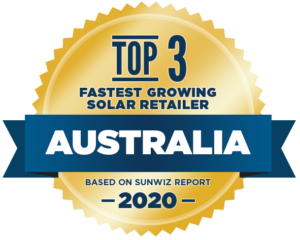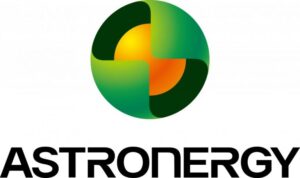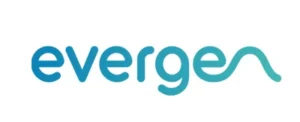If you’re a homeowner looking to reduce your energy bills by going solar and want to know more about how to calculate your potential solar savings, then this blog post is for you!
Initial vs ongoing costs
In order to calculate your potential savings we start by analysing your existing power bill (generally how much you pay per quarter) and then compare it to how much you might pay with a solar power system installed (taking into consideration various factors).
These factors can be divided into two broad categories:
- Initial costs
- Ongoing costs
1. Your initial costs
Your initial costs are based on:
- Your usage profile
- Your location
- The Australian government’s solar financial incentive
- Your chosen system size and additional options
1.1 Your usage profile
Your usage profile takes into consideration how much power you consume during the day versus how much goes back into the power grid.
The ideal solar power system for you would be tailored towards your usage profile – a balancing act between how much you consume (day & night) and how much your solar power system can produce.
1.2 Your location
Your location is an important factor because the amount of sunshine hours and the cost of power varies depending on where your property is located as well as the time of year (winter versus summer).
The ideal solar power system for you would consider your location, the number of hours during the day when solar can be produced and the cost of that power if you were to buy from or sell back to the power grid.
1.3 The Australian government’s solar financial incentive
According to the Department of Industry, Science, Energy and Resources households and small businesses across Australia that install a small-scale renewable energy system (solar, wind or hydro) or eligible hot water system may be able to receive a benefit under the Small-scale Renewable Energy Scheme (SRES) to help with the purchase cost.
Installing an eligible system allows the creation of Small-scale Technology Certificates (STCs) with a value that can be redeemed by selling or assigning them. The number of STCs created is based on:
- the amount of renewable electricity the system produces or the amount of electricity consumption it reduces.
- the climate region where it’s installed
Source: Department of Climate Change, Energy, the Environment and Water
1.4 Your chosen system size and additional options
Taking all of these factors into consideration, it is then possible to determine the ideal solar power system size for your unique situation and ensure that you are getting the best return on investment.
A larger system size and more additional options increase your initial costs but also mean that you can produce more of your own power in the future.
2. Ongoing costs
Your ongoing costs are based on:
- Your power bill with solar installed
- Credits from feed-in tariff
- Repayments of initial costs
2.1 Your power bill with solar installed
After installing a solar power system you should see your power bills reduce as you consume more energy from your solar power system and less from the power grid.
2.2 Credits from feed-in tariff
If your solar power system is large enough to produce surplus solar energy, that surplus solar energy can be fed back into the power grid earning you a feed-in tariff.
Simply put a feed-in tariff (FIT) is a payment made to a solar power system owner for the energy that they generate and send back into the power grid.
With the right size solar power system you can ensure that you are generating enough power for yourself as well as getting credit for your FIT.
2.3 Repayments of initial costs
Generally speaking, purchasing the right solar power system and getting it installed properly requires a high upfront cost.
However, once paid for the solar power system will be an asset that produces clean energy for you to enjoy for many years into the future.
Unfortunately, many Australians aren’t able to invest in solar power due to this high upfront cost.
SunEnergy empowers you to go solar without the high upfront cost
By that, we mean giving all Aussie homeowners, like you, an affordable, efficient, sustainable and long-term solution to combat spiraling energy costs.
It’s a win-win.
With our $0 deposit solar financing options you can essentially reduce your energy bills and start saving from day one.
This is because the money that would normally go directly to the power provider goes towards paying off your solar power system – an appreciating asset that you own.
And once that is all paid for, your savings continue to increase.
We call this ‘Pay As You Save’
In this way, the right product for your situation will offer you a great return on investment and allow you to take control of your power bills.
The best part is that we take care of the paperwork to help you go solar and start saving sooner.
If this seems complicated and confusing to you, don’t stress, our team is here to help you balance your budget and find the right solar power system for your specific situation given all of the factors discussed in this article.
Now, request a quick quote or contact us to start saving today!














